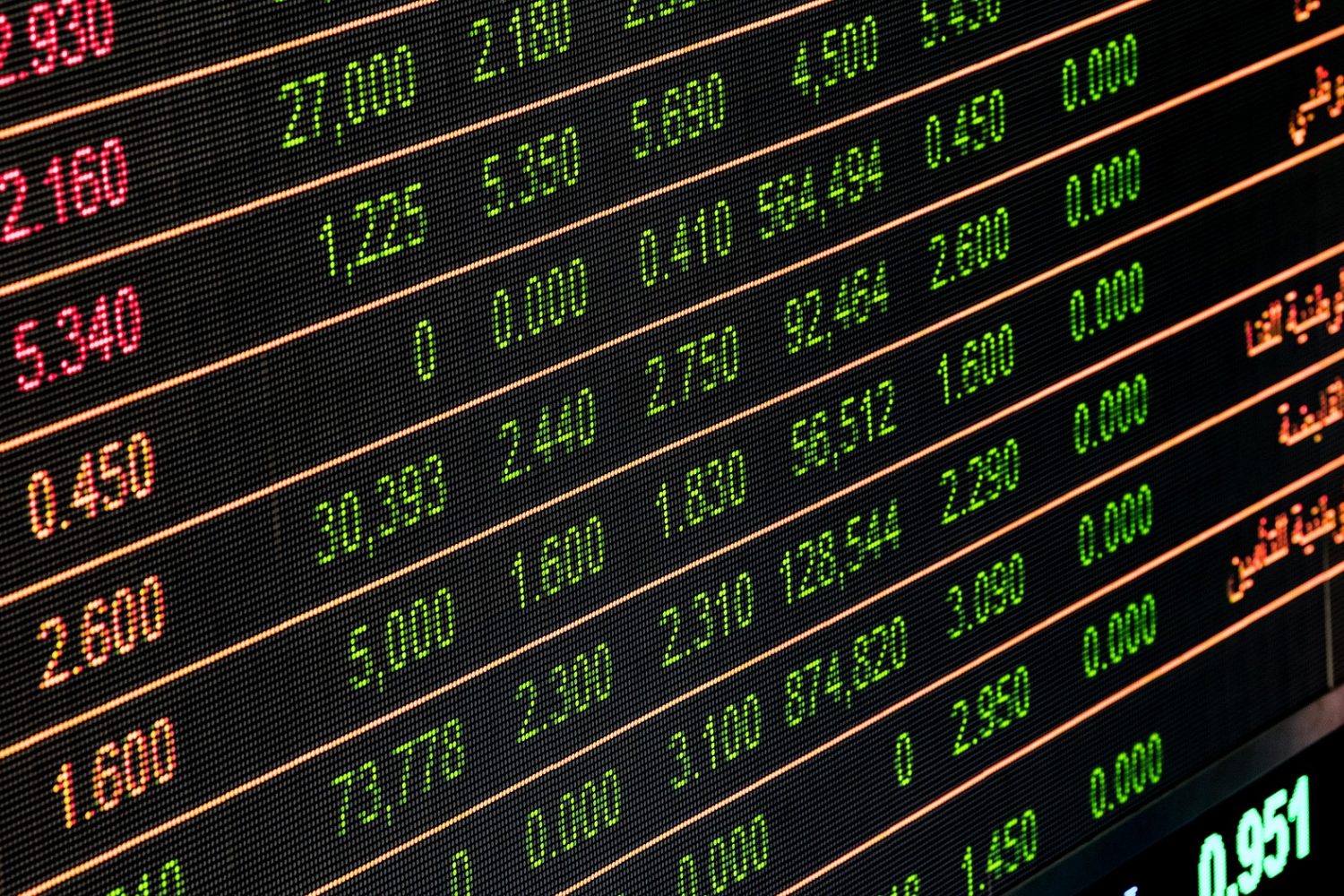Does anybody remember last January? I’m sure you remember that the Falcons were not preparing for the Super Bowl. Some of you may remember that Donald Trump’s odds of winning the presidency doubled that month to 25%. (As always, my mention of politics here has but one goal— to answer how it affects my client’s money.)
What you may also not remember is that the NASDAQ sank 8%, the Dow dropped 5%, Chinese stocks plummeted 16%, and oil bottomed out at $26 per barrel. Mohammad El Erian, a well-respected money manager and market forecaster, told CNN Money, “We can no longer rely on the Fed,” and, “It’s time to put 30% of your money in cash.” People were scared and many investors typically hit the sell button on their assets that had just dropped in price (stocks) and hit the buy button on assets that had just risen in price (bonds).
Buy high and sell low? It sounds dumb now—and it is, but in moments of panic and greed it feels so right. Markets ultimately rose dramatically by the end of 2016 weathering such storms as Britain voting to exit the European Union and a bitter presidential race. Even on election night, markets swung dramatically down before recovering. Investors now feel more confident about the possibility of tax cuts and infrastructure spending.
International stocks at one point had out performed US stocks by 5%. A stronger dollar undercut the run-up in international stocks and U.S. stocks wound up outperforming international stocks in 2016 for the 8th year in row – one of the longest streaks in U.S. large-cap stocks in Post-World War II history. U.S. small-cap stocks were the best performing asset class. The DFA US Targeted Value fund, which many of Chastain’s clients own, was up over 26% for the year, with 14% of that return coming the last two months of 2016. Foreign bonds (+7%), corporate bonds (+5%), and treasury inflation-protected securities (+4.7%) also performed very well. Additionally, oil-related master-limited partnerships (+17%), emerging-market bonds (+11%), and high-yield bonds (15%) helped the alternative section of your portfolio.
Overall, a truly diversified portfolio, like Chastain’s, had a good year in the face of the dire predictions prevalent last January.
So, what is different this January? A new optimism about markets has appeared with the typical retail investor and it goes something like this:
“Trump is going to get rid of regulations and spend money on infrastructure and the US market is going to take off! International markets haven’t done anything and that is because their economies aren’t as effective as the US. Just look at their returns the last few years! Time to sell out of international stocks and buy American.”
Be careful. There is not a lot of academic research showing that less regulation, lower taxes, and more fiscal spending translates into higher stock-market returns. And the rest of the world economy is not going away. Do we think the U.S. stock market will outperform international markets every year? Very unlikely. So why not buy stocks on sale in international markets now (buy low)?
Rule #1 Stay diversified. Rule #2: Look at the long term and take advantage of investors who don’t by buying low and selling high.
In January 2016, the retail investor was overly pessimistic and we need to be careful not to be overly optimistic in January 2017.
As always, I am here if you have any questions or concerns. I hope to see you all soon. please drop by the new office if you are in the Perimeter area!

